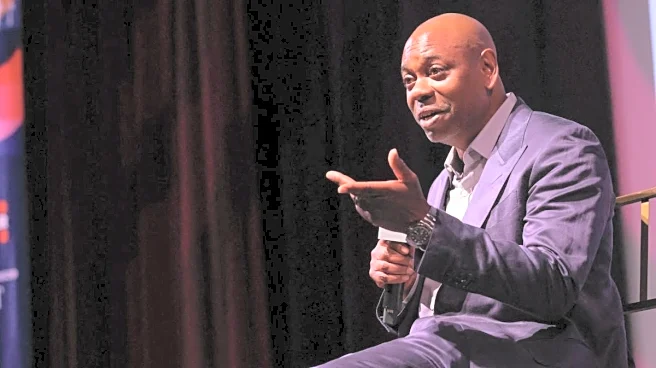What is the story about?
Oil gained after OPEC+ agreed to raise production by a modest amount, staving off traders’ fears of a super-sized increase.
Brent rose above $65 a barrel, while West Texas Intermediate was near $62. At a meeting on Sunday, the Organization of the Petroleum Exporting Countries and partners including Russia backed a 137,000-barrel-a-day increment, well below some of the possible figures reported before the decision.
The move “is clearly on the light side of expectations,” said Chris Weston, head of research at Pepperstone Group, attributing the price gain to traders — who’d readied for a larger hike — adjusting tactical positions. The OPEC+ increase “will do no favors to the notion of an oversupplied market in 2026, and as such the upside in this rally should be capped,” he added.
Crude has declined this year — including an 8% drop for Brent last week — on concern worldwide supplies are set to top demand. The International Energy Agency has forecast a record annual surplus for 2026, and many Wall Street banks have predicted lower prices in the coming months as balances soften.
The group’s latest decision came despite an earlier difference of position between co-leaders Saudi Arabia and Russia. Ahead of the session, which lasted just nine minutes, Moscow had favored an adjustment that would help to defend prices, according to two people. Still, Riyadh — more mindful of market share — indicated it supported a larger addition, one of the people said.
OPEC+ has been progressively unwinding supply restraints over recent quarters in a bid to reclaim market share from drillers outside the alliance. The group initially agreed to bring back a 2.2-million-barrel-a-day tranche of halted output in stages, and then followed up by tackling another layer of curbed production. Still, actual increases in output have lagged behind headline figures.
“Balances have shifted decisively into surplus after a period of tightness that began in mid-2024 through 2025,” said Susan Bell, an analyst at Rystad Energy AS. “Supply is only moving in one direction, and with demand weakening, the remainder of 2025 will be a one-two punch for crude prices.”
Also Read:Japanese shares jump on Sanae Takaichi win, gold rallies
Brent rose above $65 a barrel, while West Texas Intermediate was near $62. At a meeting on Sunday, the Organization of the Petroleum Exporting Countries and partners including Russia backed a 137,000-barrel-a-day increment, well below some of the possible figures reported before the decision.
The move “is clearly on the light side of expectations,” said Chris Weston, head of research at Pepperstone Group, attributing the price gain to traders — who’d readied for a larger hike — adjusting tactical positions. The OPEC+ increase “will do no favors to the notion of an oversupplied market in 2026, and as such the upside in this rally should be capped,” he added.
Crude has declined this year — including an 8% drop for Brent last week — on concern worldwide supplies are set to top demand. The International Energy Agency has forecast a record annual surplus for 2026, and many Wall Street banks have predicted lower prices in the coming months as balances soften.
The group’s latest decision came despite an earlier difference of position between co-leaders Saudi Arabia and Russia. Ahead of the session, which lasted just nine minutes, Moscow had favored an adjustment that would help to defend prices, according to two people. Still, Riyadh — more mindful of market share — indicated it supported a larger addition, one of the people said.
OPEC+ has been progressively unwinding supply restraints over recent quarters in a bid to reclaim market share from drillers outside the alliance. The group initially agreed to bring back a 2.2-million-barrel-a-day tranche of halted output in stages, and then followed up by tackling another layer of curbed production. Still, actual increases in output have lagged behind headline figures.
“Balances have shifted decisively into surplus after a period of tightness that began in mid-2024 through 2025,” said Susan Bell, an analyst at Rystad Energy AS. “Supply is only moving in one direction, and with demand weakening, the remainder of 2025 will be a one-two punch for crude prices.”
Also Read:Japanese shares jump on Sanae Takaichi win, gold rallies
Do you find this article useful?
/images/ppid_59c68470-image-175971253262646991.webp)

/images/ppid_59c68470-image-175946503019779915.webp)
/images/ppid_59c68470-image-175947257674663970.webp)
/images/ppid_59c68470-image-175947254919829964.webp)
/images/ppid_59c68470-image-175971257179440709.webp)






/images/ppid_59c68470-image-175945513743036414.webp)
/images/ppid_59c68470-image-175946508402284022.webp)
/images/ppid_59c68470-image-17594552090205738.webp)
/images/ppid_a911dc6a-image-175948243656579143.webp)
